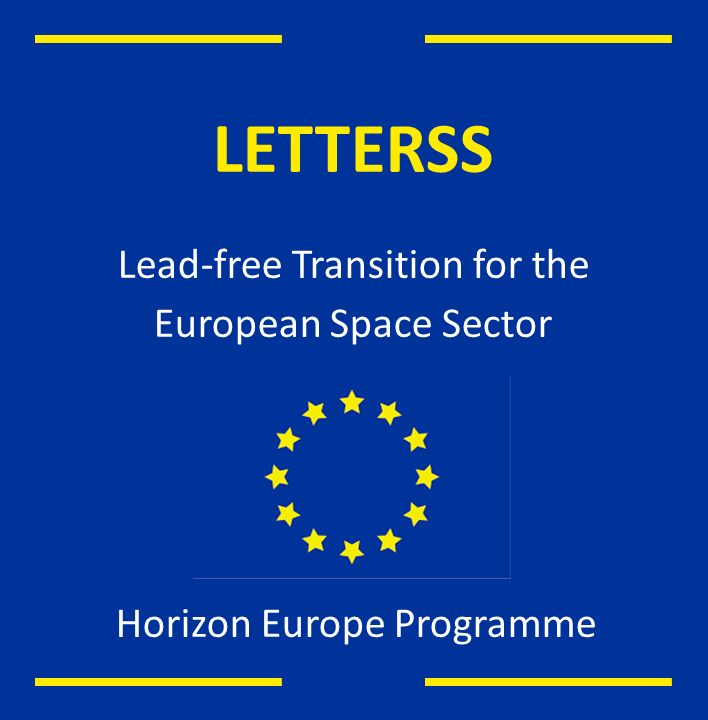Lead-free Transition for the European Space Sector (Letterss)
Due to the overall transition of the Electronics Industry worldwide to a Pb-free realm, the Space Industry is more and more confronted
with a situation where they cannot avoid using EEE parts with Lead-free coatings and they need to manage the associated risks.
The growing use of commercial components (COTS), notably for the expanding market sector of constellations, means that European
Space Industry is already using large amount of components with lead-free terminations even when the equivalent leaded high-rel
version is available. Even though the Space Sector is exempted from RoHS, market pressure may also result on potential future
difficult availability of leaded solder paste.
This project addresses the main challenges of the Lead-free transition for the European Space Sector that were described in the
Roadmap delivered in 2020 by the ESCC Task Force created to that end.
Initially, we will analyze the barriers that obstruct the broader implementation of COTS components in space projects by utilizing existing qualified assembly processes that are based on leaded solders. After that, we will conduct a thorough assessment of two lead-free solders that display potential for the Space Sector, which includes the development of reliability models.
Lead was added to tin at the beginning of the electronics era mainly to inhibit the growth of whiskers, therefore going to lead-free electronics creates a serious risk for space projects that may result in catastrophic failure in the satellite. The Space sector has developed mitigation approaches but the real challenge is to obtain accelerated tests that will give confidence that, for a given mitigation used and for the duration of the project, the risk is managed and acceptable. For that we propose to perform basic research to advance the state-of-the-art on our knowledge of whisker growth, leading to the determination of the pertinent activation energies that can be used in the design of accelerated tests.
The consortium is formed by:
- CMT+ (FR)
- AIRBUS DEFENCE AND SPACE SAS (FR)
- ALTER TECHNOLOGY TÜV NORD SA (ES)
- IRT ANTOINE DE SAINT EXUPERY (FR)
- RUAG SPACE AB (SE)
- RUAG Space GmbH (AT)
- SODERN SA (FR)
- THALES ALENIA SPACE FRANCE SAS (FR)
- THALES ALENIA SPACE ESPANA SA (ES)
- TESAT-SPACECOM GMBH & CO.KG (DE)
- TECHNISCHE UNIVERSITAT DARMSTADT (DE)
- HTV Conservation GmbH (DE)
- REACH Law Finland (FI)
